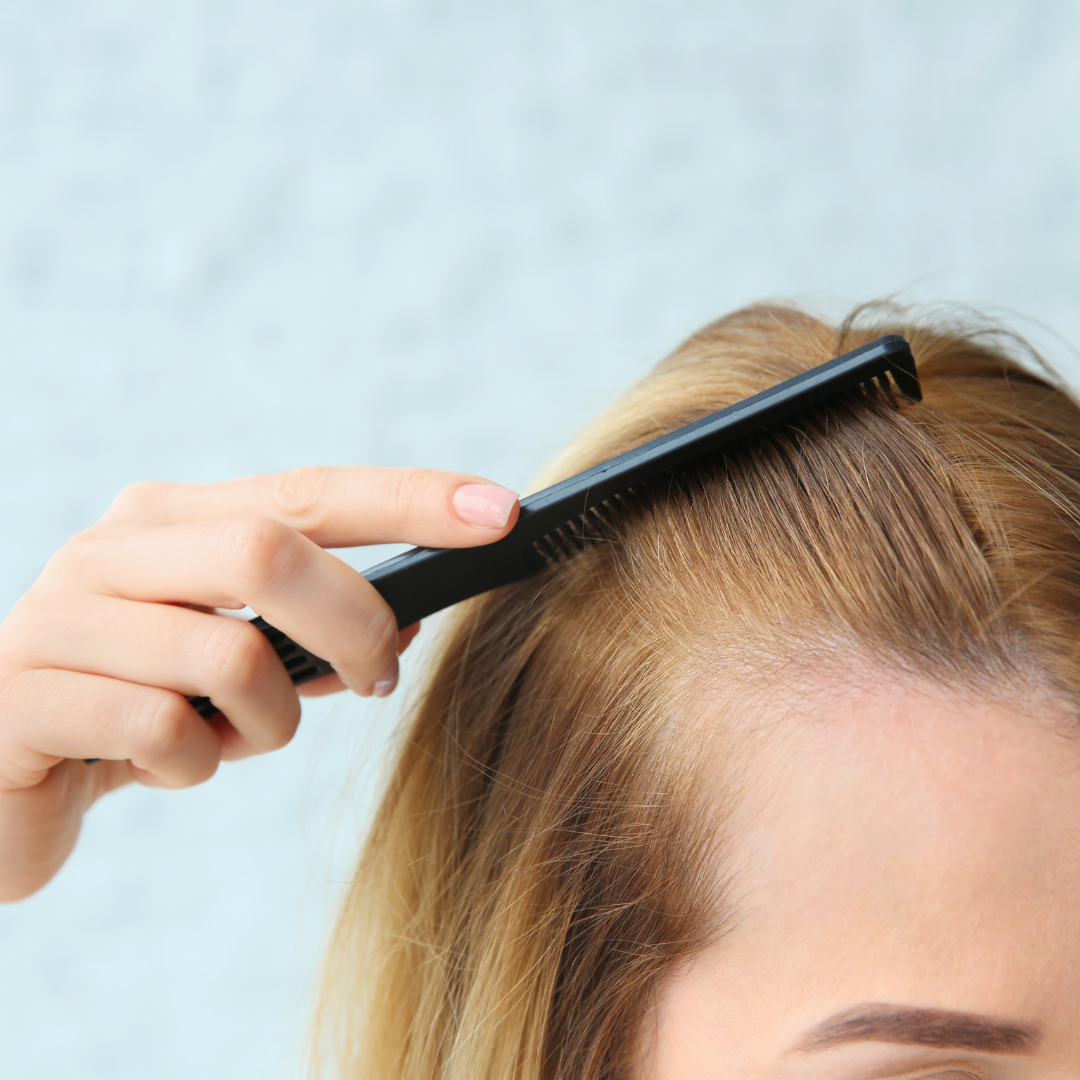Traction Alopecia is a common yet often overlooked form of hair loss caused by consistent tension or pulling on the hair follicles. While it may start as a minor concern, if left untreated, it can progress to irreversible damage, so it’s important to pay attention to potential signs of permanent Traction Alopecia. Understanding the early warning signs of Traction Alopecia symptoms as well as potential prevention methods and treatment options is crucial in avoiding irreversible consequences.
What is Traction Alopecia and recognizing the early stages of Traction Alopecia?
Traction Alopecia occurs when repetitive pulling or tension is applied to the hair follicles over an extended period. This constant stress weakens the hair roots, leading to hair loss. This condition is prevalent among individuals who frequently wear tight hairstyles such as braids, ponytails, weaves, or extensions. Over time, the repeated strain on the hair follicles causes them to become inflamed and damaged, resulting in hair thinning and bald patches which are some of Traction Alopecia’s early stages.
Traction Alopecia Signs and Early Symptoms:
In first stages of Traction Alopecia individuals may notice subtle signs such as:
Scalp Tenderness:
The scalp may feel tender or sore, particularly in areas where tension is applied regularly.
Redness and Inflammation:
Persistent pulling can lead to inflammation of the hair follicles, resulting in redness and irritation.
Hair Thinning:
Hair may start to thin out, especially along the hairline or in areas where the tension is most significant.
Receding Hairline:
Continuous Traction can cause the hairline to recede gradually, leading to a more pronounced forehead.
If you are wondering what Traction Alopecia looks like, these symptoms are a potential early indicator.
Late Stage Traction Alopecia: Symptoms and Signs:
If Traction Alopecia progresses untreated, it can lead to more severe symptoms, including:
Noticeable Bald Patches: As the condition worsens, bald patches may become more apparent, particularly around the temples, crown, or nape of the neck.
Scar Tissue Formation: Prolonged tension on the hair follicles can result in the formation of scar tissue, which impedes hair growth and makes the condition irreversible.
Permanent Hair Loss: In advanced cases, the damage to the hair follicles becomes irreversible, leading to permanent hair loss in affected areas.
How to Prevent Traction Alopecia and How To Get Rid Of Traction Alopecia:
Preventing Traction Alopecia involves adopting gentle hair care practices and avoiding hairstyles that exert excessive tension on the hair follicles. If you’re wondering how long does Traction Alopecia take to heal? The answer depends on whether you are demonstrating the early signs of Traction Alopecia or late stage signs. Early Traction Alopecia symptoms are typically easier to manage and maintain. If you believe you are experiencing the later stages of Traction Alopecia then it is best advised to meet with a licensed Trichologist. Here are some preventive measures:
Avoid Tight Hairstyles: Opt for loose hairstyles that do not pull on the hair, such as loose braids, buns, or ponytails.
Limit the Use of Hair Extensions: If using hair extensions or weaves, ensure they are not attached too tightly and avoid leaving them in for prolonged periods.
Use Gentle Hair Accessories: Choose hair accessories made of soft materials and avoid using rubber bands or clips that can cause breakage.
Practice Regular Scalp Massage: Stimulate blood circulation to the scalp by gently massaging it regularly, promoting hair growth and reducing tension.
Fast Fact:
Traction Alopecia usually presents itself as hair loss or thinning on the head and tender bumps known as Traction folliculitis or more colloquially referred to as Traction Alopecia bumps, may begin to form at the point of tension . These signs indicate prolonged tension on hair follicles. Early recognition allows for preventive action.
How to Get Rid of Traction Alopecia and How Long Does It Take For Traction Alopecia To Happen?
While early intervention is crucial in treating Traction Alopecia, there are steps individuals can take to mitigate further damage and promote hair regrowth:
Discontinue Traction-Causing Hairstyles: Stop wearing hairstyles that exert tension on the hair follicles to prevent further damage.
Adopt a Gentle Hair Care Routine: Use mild shampoos and conditioners suitable for your hair type and avoid excessive heat styling or chemical treatments.
Seek Professional Advice: Consult a trichologist for personalized treatment recommendations, which may include topical medications, steroid injections, or oral supplements to promote hair growth.
Consider Hair Transplantation: In cases of severe and irreversible hair loss, hair transplantation procedures such as follicular unit transplantation (FUT) or follicular unit exTraction (FUE) may be considered to restore lost hair.
So how long does it take to get Traction Alopecia? The onset of Traction Alopecia can occur over a variable timeframe, typically ranging from several months to several years, depending on individual factors such as hairstyle tightness, frequency, and hair resilience.
When Does Traction Alopecia Become Permanent?
Traction Alopecia can become permanent if left untreated for an extended period, leading to irreversible damage to the hair follicles. So if you’re wondering how to get rid of Tension Alopecia, it begins with immediate treatment from a licensed Trichologist. Signs that Traction Alopecia may have become permanent include the presence of scar tissue, widespread bald patches, and a lack of regrowth despite intervention.
Conclusion:
Traction Alopecia is a preventable yet potentially irreversible condition that results from repetitive tension on the hair follicles. Recognizing the early signs, adopting gentle hair care practices, and seeking timely treatment are essential in preventing permanent hair loss. At Alopecia & Beyond our clinic specializes in addressing Traction Alopecia and other hair loss concerns. Our expert Trichologists offer personalized consultations to assess your hair health and develop tailored treatment plans. From discontinuing tension-causing hairstyles to recommending gentle hair care routines and other advanced treatments, we provide comprehensive solutions to mitigate damage and promote hair regrowth, restoring your confidence and vitality.




